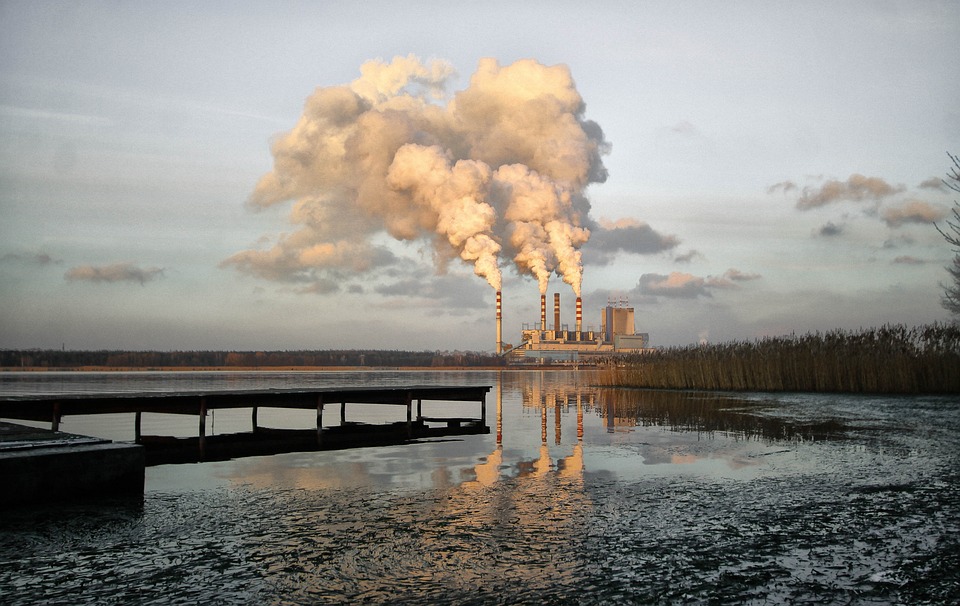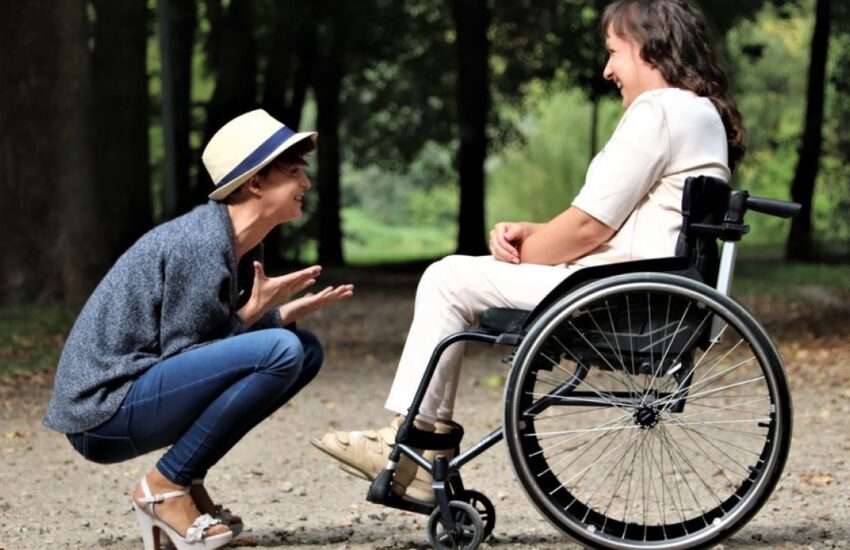The Camp Lejeune water contamination saga has been ongoing for over 30 years, and it’s one of the most severe environmental disasters in history. At its core, Camp Lejeune is an issue that affects thousands of victims and their families in North Carolina, many of whom don’t even know they’re affected because they’re military veterans.
We’re here to help you understand what happened at Camp LeJeune, who was exposed to contaminated water, how you can get help if you think this tragedy, and more may have impacted your loved one.
How Was the Water Contaminated?
The water supply contamination at Camp Lejeune is a complex issue with many contributing factors. The primary source of contamination was a dry cleaning facility located on the base and operated from 1949 through 1986. In addition to traditional laundry services, it also offered an industrial cleaning service where customers could bring their clothes or uniforms for cleaning.
The chemicals used in this process were called perchloroethylene (PCE) and trichloroethylene (TCE), both known carcinogens when consumed in large quantities over time. PCE has been linked to congenital disabilities in children whose mothers were exposed during pregnancy, and TCE may cause liver damage if ingested regularly over years or decades.
When Did the Contamination Start?
Camp Lejeune water contamination started in the 1950s, but it wasn’t until 1987 that Marines reported the first cases of illnesses. The toxic chemicals from dry cleaning solvents got into the drinking water supply at Camp Lejeune, causing human health hazards for those who drank it.
After initial tests revealed dangerous levels of these chemicals in the base’s well field, military officials promised to replace all 53 wells with new ones by 1994. But they never did replace them all because they needed to know how much damage had been done.
When and How Did People Find Out About the Water Contamination
In the early 1980s, a group of service members stationed at Camp Lejeune began experiencing health problems that they attributed to their drinking water. They reported their symptoms to doctors, who knew there were high trichloroethylene (TCE) levels in the base’s wells. However, they did not inform anyone about this information.
To analyze the water at Camp Lejeune, Grainger Laboratories in Raleigh, North Carolina, was hired in 1982. The first test in the lab surprised the chemists. The water from two of the major residential areas of the post, where thousands of Marines and their families resided, was discovered to be contaminated by “synthetic organic cleaning solvents.”
In 1988, public health authorities finally released an official statement about contamination at Camp Lejeune: “A significant number of Marines may have been exposed to chemicals through drinking water which exceeded federal standards.” This statement came more than 20 years after people started noticing strange symptoms related directly to exposure from TCE-polluted wells on base.
What Kind of Illnesses Have People Suffered From?
The most common illnesses are cancers, including kidney cancer, bladder cancer, and leukemia. Other illnesses include thyroid disease, liver disease, and Parkinson’s disease. Some of these illnesses can be fatal. Victims would be eligible for compensation if they suffered from one or more of these injuries:
- Congenital disabilities
- Cancer (including leukemia)
- Lung disease (such as chronic obstructive pulmonary disease)
- Kidney disease (such as renal failure)
- Liver damage (including liver cancer)
How Many People Were Affected by the Water Contamination at Camp Lejeune?
It’s estimated that at least one million people were affected by the water contamination at Camp Lejeune, a Marine base in North Carolina. The number of people who have died due to this contamination is unknown, but estimates suggest at least 1,000 deaths.
The First Step in Getting Redress for This Is to File a Claim With the Department of Justice
The first step in getting redress for this is to file water contamination at Camp Lejeune lawsuit with the Department of Justice. You can do this online or by mail; there’s no fee for filing your claim. If you don’t have internet access, you can contact an attorney to help you file your claim for free.
Conclusion
The contamination at Camp Lejeune affected thousands of people, including veterans, their families, and newborns. The Department of Veterans Affairs has recognized certain cancers as presumptive conditions for those who served at the base between 1953 and 1987.
Suppose you were exposed to contaminated water while serving in the military or living on base at Camp Lejeune during this period. You might be eligible for compensation from the VA and other health care coverage benefits.





